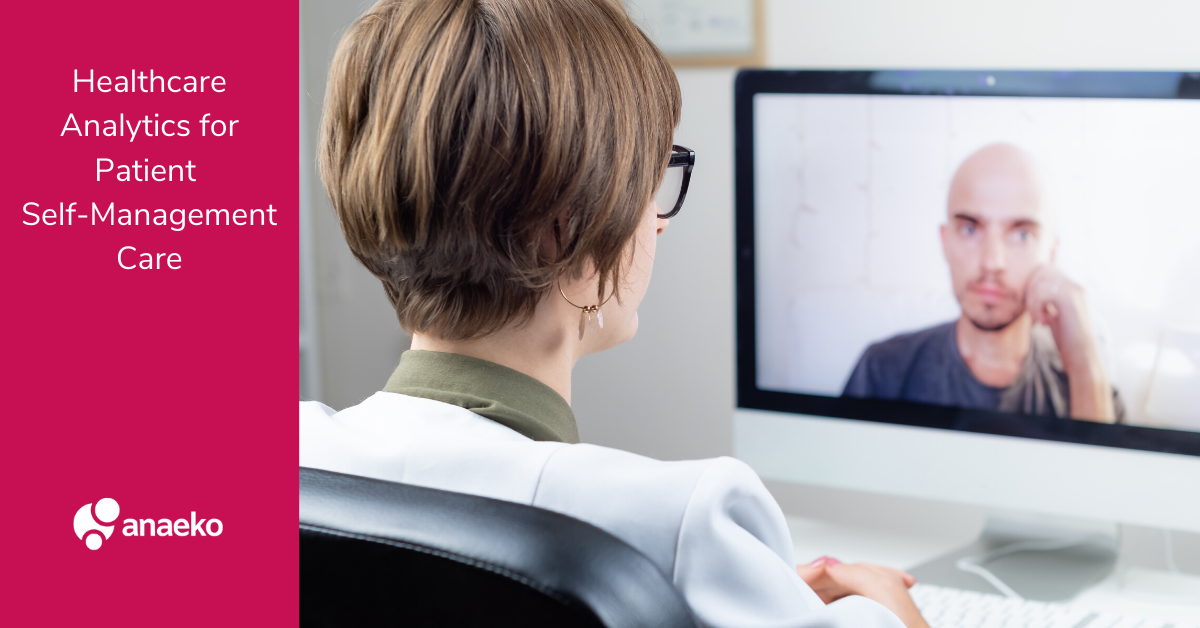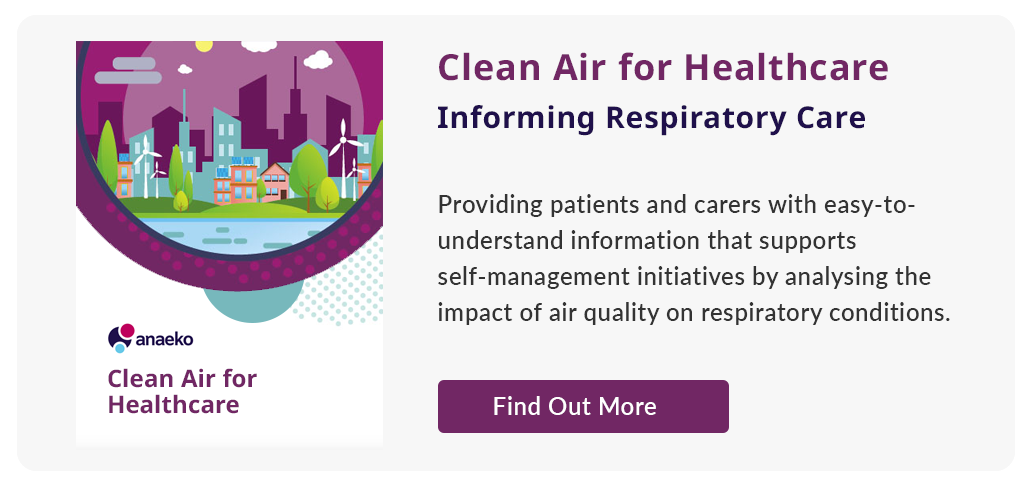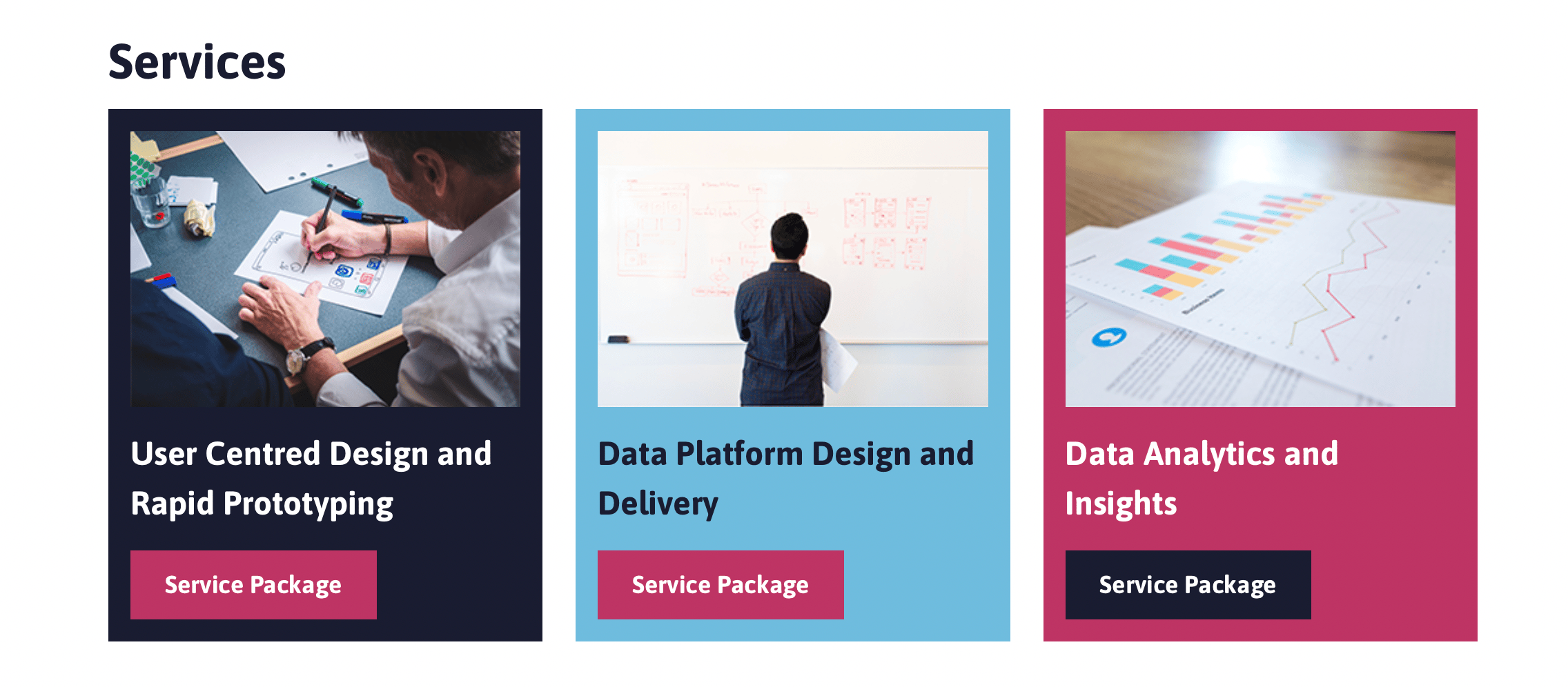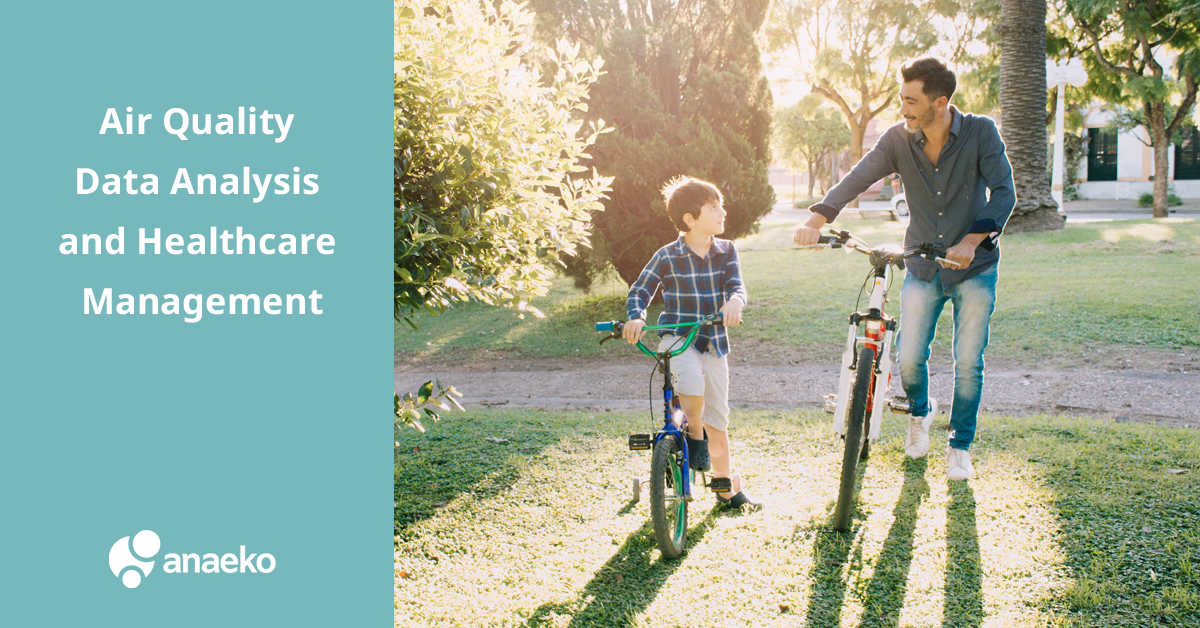There has been growing momentum in self-management care and organisations supporting patients with long-term conditions to manage their own health. Patients can take an active role in maintaining their wellbeing and with wearable technology advancing data is becoming available to patients and healthcare service providers.

The effective, secure and informative use of this data can help patients understand what they can do to stay healthy and help healthcare providers use data analysis to predict and make informed decisions around next steps for individual patients.
Patients with long-term conditions are continually working with care providers to build management plans to keep on top of their conditions, here are a couple of examples and how healthcare analytics can boost patient engagement and collate data for healthcare providers.
Data Analytics for Medication Management
Data analytics for medication management is leading to reduced costs and more patient engagement.
Health monitoring technology is making its way into patients' lives, there are several innovations out there to track and improve patient medication adherence including digital pill boxes and bottles, text message alerts and numerous apps to assist with patient medication reminders. Barriers can be removed with this technology by sending feedback to healthcare providers directly from patients but also providing real-time analytical insights and expert advice to patients reiterating the importance of following medication plans as prescribed.
Healthcare providers are looking towards analytics and predictive analytics to discover patients who don’t adhere to their medication plans. Currently medication planning and interventions have been a “one-size fits all” strategy whereas predictive analytics will allow providers to see specific patients that need help and different types of interventions for each case.
“Population-level studies have shown that medication adherence is only about 50 to 60 percent.” (Mike Miliard, Healthcare IT News)
Big data analytics can help predict who is likely to become non-adherent, identify timings of when to intervene to increase success and how well patients respond to different types of interventions.
Data Analytics for COPD Management
There are many long-term conditions were self-management could see better patient outcomes but one that is currently under research and patients find difficult to manage is COPD (chronic obstructive pulmonary disease). Research has been undertaken to see if wearables and self-management apps could help patients with COPD, from ERJ Open Research:
“Technology could improve patients' ability to manage their condition both in daily life and during exacerbations by connecting how they feel and by knowing their oxygen saturation, heart rate and activity. The technology may help them address feelings of fear and panic associated with exacerbations and may provide reassurance and connectedness.”
Real-time healthcare analytics fed into mobile apps could give patients with COPD instant access to resources, expert advice and external data insights that could affect their condition. “In patients with COPD, self-management has been shown to increase quality of life and reduce respiratory-related hospital admissions” (ERJ Open Research)
Data analytics does not only have to come from the patient by tracking their health through wearable technology but accessible easy to use dashboards can be provided to patients giving advice and connecting to the information they need. One example is air quality and how patients need a view of it to manage their respiratory problems.
Analytics-as-a-Service
Analytics-as-a-Service, starting with the patient, could provide instant feedback and help patients understand their illnesses allowing them to play an active role in managing conditions rather than reacting to symptoms. With wearable technology growing devices can be used to track heart rate, blood pressure, sleep or weight then showing this analysed data to the patient through apps and visualisations so they can see how their health is evolving.
Data can then be accessed by the doctor or GP not only showing real-time data from wearable technology but combining all data from patient records and history. Analysis and self-service access to patient's data allows doctors to more effectively diagnose, optimise care and reduce cost.
By having self-service, controlled access to Analytics-as-a-Service health platforms, with detailed analysis and data visualisations, it gives not only doctors or GPs the full picture but provides an entire care team with the data they need for every stage of patient care. That could include, family, social care, home visits, personal care, A&E admissions, hospital care and much more. Combining all data to a single data hub removing the healthcare silos connecting patients and doctors.
Jeroen Tas, chief executive of Connected Care & Health Informatics at Philips, has a vision of the future for connected patients and doctors. “The vision I’m sketching for the future is one where, for instance, a GP uses their tablet ultrasound to make a movie of a patient’s beating heart. When irregularities are noted, the GP shares this immediately with a cardiologist to diagnose the patient and set up a care plan there and then. There’s no need to make an appointment in weeks or months – the issue can be dealt with in real-time.” (source: Telegraph)
Another example is Clean Air for Healthcare:
Air Quality Data Analysis and Health Management
55% of the population live in urban environments and these environments play an essential role in human health and wellbeing. Air pollution contains air particulate matter, PM2.5, that can stay in the air for long periods of time and be inhaled deep into the lungs. Pollution within urban areas can have an affect on asthma sufferers and "Around two thirds of people with asthma tell us poor air quality makes their asthma worse, putting them at risk of an asthma attack." (www.asthma.org.uk).
Asthma is a long term condition that needs careful management and monitoring to keep it under control reducing risks of attacks. People are feeling the effects of air pollution on their asthma so how can they manage attacks when they have less control over air pollution?
Clean Air for Healthcare is a health data research platform and suite of applications for those living with respiratory conditions and those who care for them. By giving a unique, personalised perspective on health and air quality it allows users to see localised air quality data and empower their decisions on when to take part in certain activities or areas to avoid.
It will help to enable personal action plans and with historical data and trend analysis help predict air quality changes giving the patient real-time and predictive information.
By leveraging healthcare analytics and predictive analytics patients can participate in their own care plans that could lead to improved patient health outcomes, reduced healthcare costs and improved care delivery.
Data Analytics and Insights
The collection of data is crucial to data analysis, predictions, AI and Machine Learning. Most departments are sitting on a pool of data that can benefit from analytics and automated processes.
Could Anaeko assist with your project? Working with the data that you have, our Data Engineering experts will perform a full quality assessment, data alignment, cleansing and modelling to build a complete picture of your data landscape. Generating reports on the potential as well as the gaps in your data and recommendations on how to answer your organisations’ most pressing questions.
Topics: Data Analytics, Predictive analytics, Big Data, Analytics as a Service, Data Optimisation, HIMSS20





